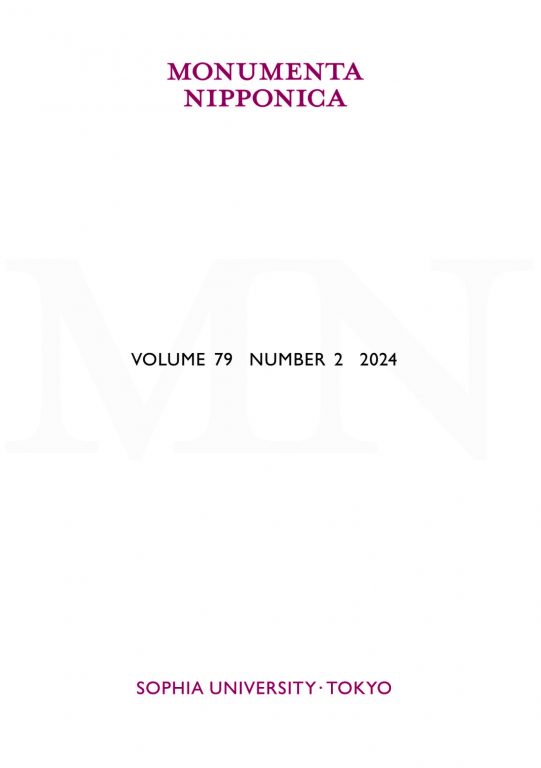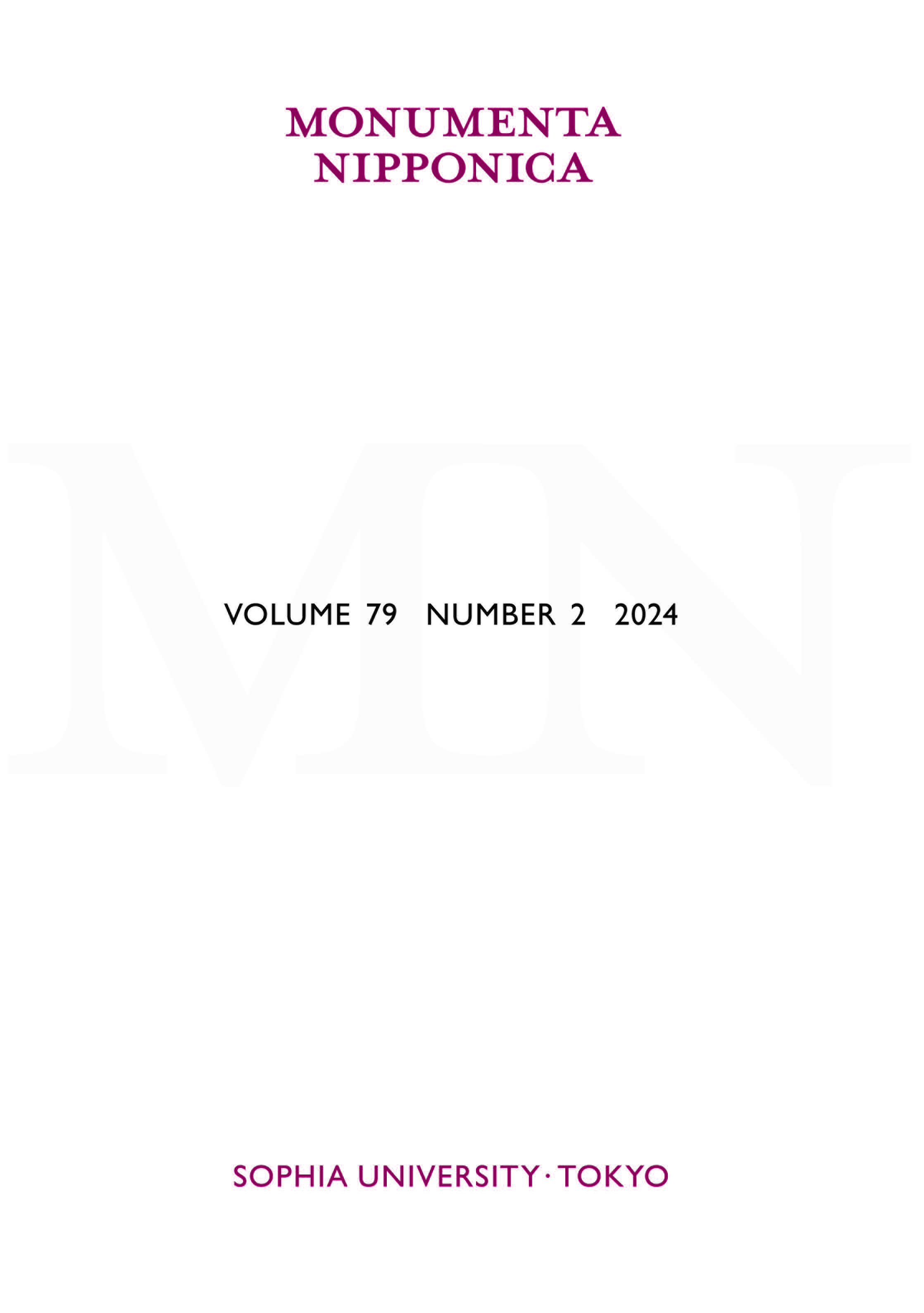From Japanese Empire to American Hegemony: Koreans and Okinawans in the Resettlement of Northeast Asia by Matthew R. AugustineSara Park
MN 79:2 (2024) pp. 306–309
When the Empire of Japan collapsed in August 1945 and formally surrendered to the Allied powers in the following month, Northeast Asia saw a huge flow of repatriates moving between Japan’s former colonies, leased territories, mandates, and wartime-occupied areas. Among these individuals traveling across the waters of the former empire were Japanese, Koreans, Taiwanese, Chinese, Okinawans, and Amamians. It was during this period of migration that postwar Japan transformed itself from a multiethnic empire to a democratic nation-state. From Japanese Empire to American Hegemony, by Matthew R. Augustine, explores how the biggest populations among former colonial subjects of the Japanese empire, namely, Koreans and Okinawans, were separated from the notion of “Japanese” and became subjects of immigration control policy. Guiding the author’s investigation, which centers on unauthorized migration and trade, are questions about the meaning of “liberation” and “defeat” for these two ethnic groups, about the contribution of the post-war strategy of the United States in Korea and Okinawa, and about the linkage of irregular travel of goods and people with infamously exclusionary immigration control policy in Japan.

